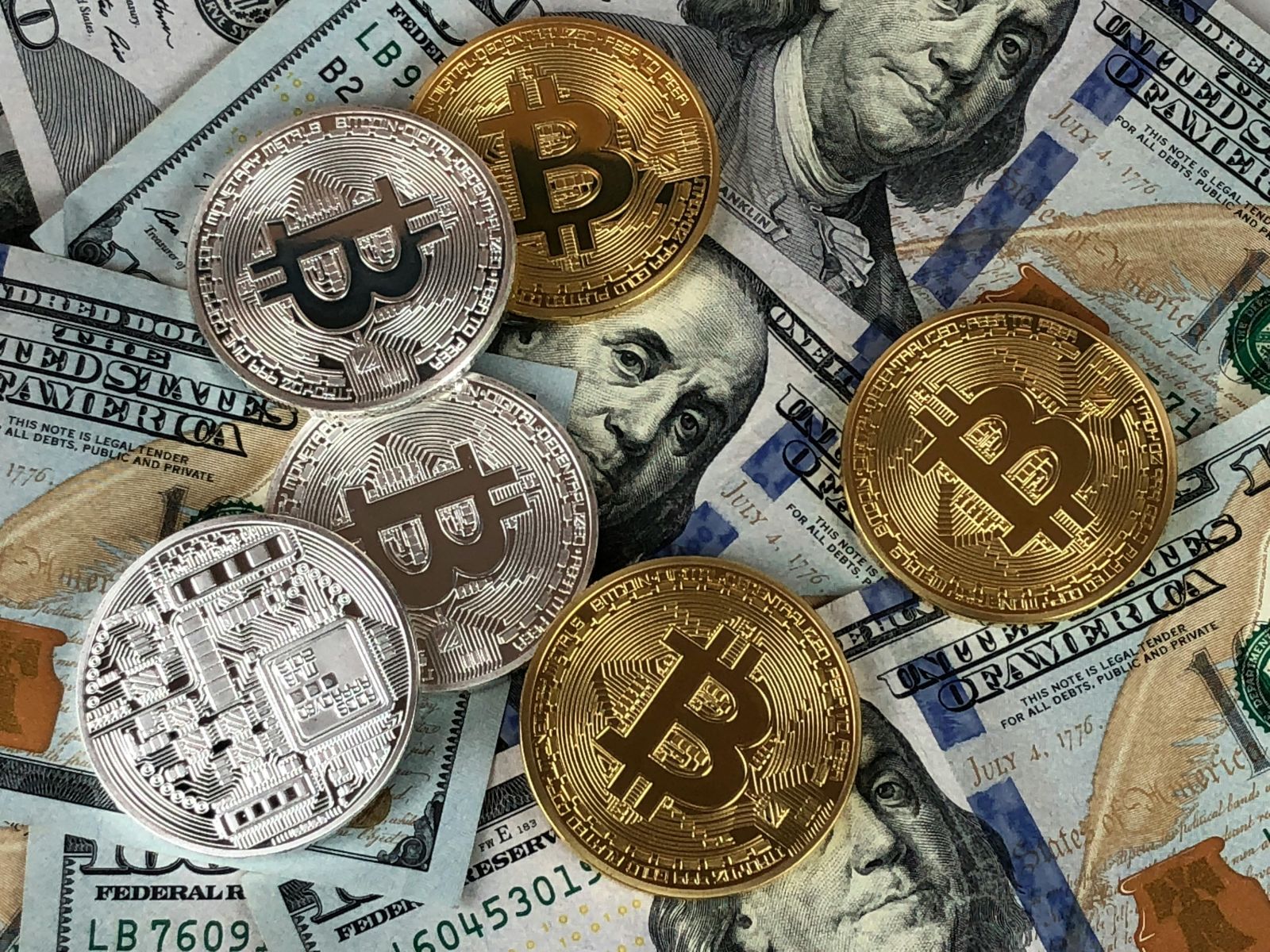
SoFi Technologies (SOFI) reported Q4 2023 earnings Monday before the markets opened. The fintech delivered its first GAAP profit since going public in 2021 of $48 million. The surprise profit sent SOFI stock 20% higher on the day.
Should its share price maintain its higher trajectory, it will move into double digits shortly. The last time consistently traded above $10 was for all of 2021 and the first two months of 2022.
I’ve always been bullish about the company and its CEO, Anthony Noto, who left Twitter (smart move) in January 2018 to take the top job.
While there’s no question its stock remains a play for risk-tolerant investors only, I think the long-term story is getting better by the day. A GAAP profit helps shift the narrative from analysts.
Anyway, I see it moving into the mid-to-high-teens in 2024, challenging $20 by Christmas.
If you are in the risk-tolerant camp, here’s how you might use options to benefit from SoFi’s next leg up.
My November Suggestion for SOFI Stock
Last November, I discussed three unusually active options to pay your December rent. These were put options that you would sell for the income. However, even though they were income plays, all three are stocks that I would have no problem owning for the long haul. One of them was SoFi.
Ironically, I chose the SOFI put because it had just reported blowout earnings that prompted star portfolio manager Cathie Wood to pick up nearly 500,000 shares.
I argued that even though it was losing money with seven million users on the SoFi platform, it would someday get to 14 million, and when it did, the profits would flow. Nothing from yesterday’s earnings report would change my mind.
So, the option in question was the Feb. 16 $5 put with a $0.29 bid price. Based on a $6.72 share price, the $29 income was an annualized yield of 23% with 92 days to expiry. Today, with a little over two weeks to expiration, it’s more likely that the investors who sold these puts can pocket the income.
At the time, I felt like the worst-case scenario would be that you had to buy the shares at a net price of $4.73 -- I can’t subtract to save my life. It’s actually $4.71 -- it’s only once traded around that level (December 2022) since going public in June 2021, so you’d be getting the shares at an excellent entry point.
As I write this on Tuesday morning, the Feb. 16 $5 put has a bid price of just $0.01, meaning the short play is virtually nonexistent.
What’s the Go-to play for SOFI now?
My Barchart.com colleague Mark Hake made some suggestions in commentary about SOFI stock on Monday.
Hake suggested selling puts for the Feb. 16 $8.50 and $8 strikes. As I write this, the bid prices are $0.20 and $0.10, respectively. The former has an annualized yield of 47.2%, while the latter’s annualized yield is 23.6%.
If you could duplicate this trade every 17 days over the next year, you’d have a great income play. Sadly, 21 consecutive successes are tough odds for even the best options investors.
I will look further out, preferably between six and nine months. That allows SoFi to string together one or two future earnings reports before expiry. As I said in the intro, I’m looking for something in the mid-teens to $20 for buying a call and something around its current share price for selling a put.
Starting with the call option first, I’ve selected the Sept. 20 $15 call, which has an ask price of $0.59, a down payment of 3.9%, and 234 days to expiration. With a delta of 0.25723, you could double your money by selling the option before expiry if SOFI stock increases by $2.29, or 25.3%, considerably less than the 65% appreciation required to consider exercising your right to buy its shares.
Looking at the puts expiring on the same day in September, the $9 strike has a bid price of $1.60, an annualized yield of 28.1%. The net price paid should you have to buy the shares is $7.40, about 17% below where it’s currently trading.
The call has a much lower risk proposition should the trades not pan out -- you’re out a maximum of $59 per call contract, while you could end up forking over $740 for each put contract -- so if you’re risk averse (you probably shouldn’t be betting on SOFI in the first place), I’d go with the call.
There Is Another Possibility
However, another possibility could be to do what’s referred to as a “collar,” which involves buying the actual stock, selling an out-of-the-money call, and buying an out-of-the-money put with the same expiration and number of contracts.
Using the Sept. 20 expiration date, consider selling the $15 call with a bid price of $0.50 per contract. On the put side, you would buy the $6 strike with a $0.49 ask price. Further, you purchased 100 shares for $8.92 a share.
In this situation, your breakeven is $8.91. That is the purchase price ($8.92) less $0.01 (the difference between premiums paid of $0.49 and premiums received of $0.50.
Your maximum profit is $15 (call strike) less $8.92 (purchase price) plus $0.01 (net premium collected), which equals $6.09 per share. Your maximum loss is $6 (put strike) less $8.92 (purchase price) plus $0.01 (net premium collected), which equals $2.91 a share.
You would do this type of trade when you are unsure of the near-term direction of the stock but consider it an excellent long-term buy. Given the 20% gain on Monday, it’s more than possible for SOFI to retreat in the next few days, giving back some of its gains.
Long-term, I like SOFI’s chances.
More Stock Market News from Barchart
- F5 Inc Make Consistent Free Cash Flow, Making FFIV Stock Attractive to Value Buyers
- Apple Q1 Earnings Preview: Will AAPL Become a $3 Trillion Stock Again?
- Complex Liquidation of China’s Evergrande Delivers Another Lesson on Chinese Investment Risks
- Stocks Struggle as Bond Yields Rise on Strong JOLTS Job Openings Report
On the date of publication, Will Ashworth did not have (either directly or indirectly) positions in any of the securities mentioned in this article. All information and data in this article is solely for informational purposes. For more information please view the Barchart Disclosure Policy here.



/A%20concept%20image%20of%20a%20flying%20car_%20Image%20by%20Phonlamai%20Photo%20via%20Shutterstock_.jpg)
/A%20concept%20image%20of%20space_%20Image%20by%20Canities%20via%20Shutterstock_.jpg)

/Oracle%20Corp_%20office%20logo-by%20Mesut%20Dogan%20via%20iStock.jpg)